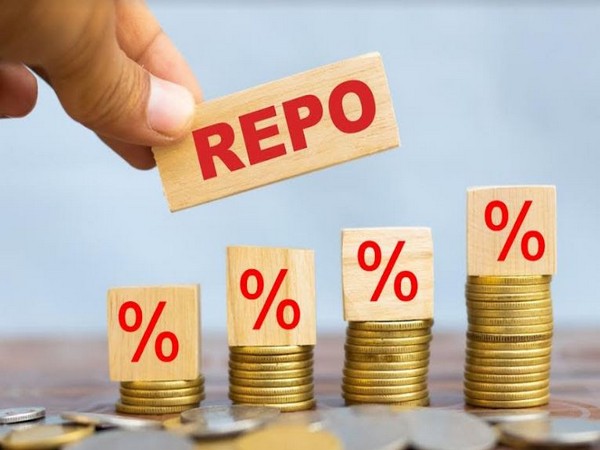CRISIL’s outlook on the near-term interest rate in India anticipates two rate cuts by the Reserve Bank of India (RBI) this fiscal year. The S&P global company expects real GDP growth to moderate to 6.8 per cent from 7.61 per cent in the previous fiscal. The report indicates that high interest rates and lower fiscal impulse may temper economic growth, while export recovery could be limited by uneven growth with key trade partners. However, budgetary support for capital expenditure and rural incomes is expected to support overall economic growth.
The outlook also predicts that CPI inflation will soften to 4.5 per cent in fiscal 2025 from 5.4 per cent in the previous fiscal year. Food inflation could ease if the monsoon turns favorable this year, as suggested by IMD weather forecasts. The report highlights weather risks and the increase in crude oil prices as key factors that could impact growth. Due to uncertain inflation trends, the Monetary Policy Committee (MPC) is waiting for clearer signs of easing towards the 4 per cent target before considering rate cuts. Risks from weather, crude prices, and US interest rates are important factors to monitor.
CRISIL estimates that crude oil prices will average between USD 83-88 per barrel this fiscal year, compared to USD 83 per barrel in the previous fiscal. Brent crude prices increased to USD 90.1 per barrel on average in April, showing a 5.4 per cent month-on-month increase and a 7.1 per cent year-on-year increase. The report suggests that the current account deficit (CAD) may average at 1.0 per cent of GDP this fiscal year. The moderation in India’s growth and resilience in exports, coupled with an expected increase in global trade volume, could help keep the trade deficit and CAD in check.
With regards to the global economic environment, S&P Global expects the Federal Reserve to begin cutting rates in December, later than its earlier forecast of July. At its April-May meeting, the Federal Open Market Committee (FOMC) decided to keep its policy rate unchanged at 5.25-5.50 per cent for the sixth consecutive time. This decision could have implications for global markets and economies, including India. Overall, the outlook for the Indian economy is uncertain, with various factors such as inflation, crude oil prices, and global trade dynamics playing a critical role in determining future growth prospects.











